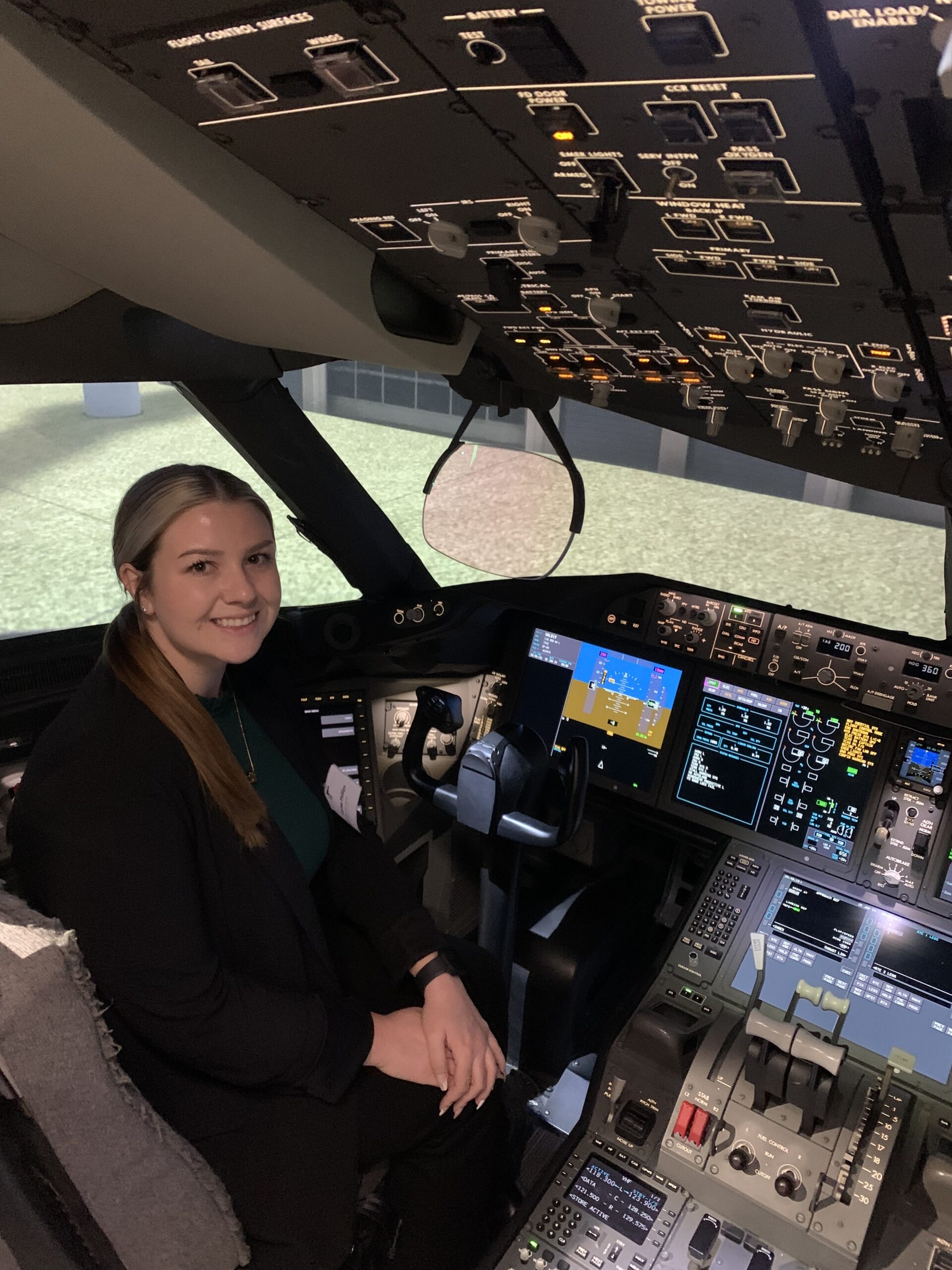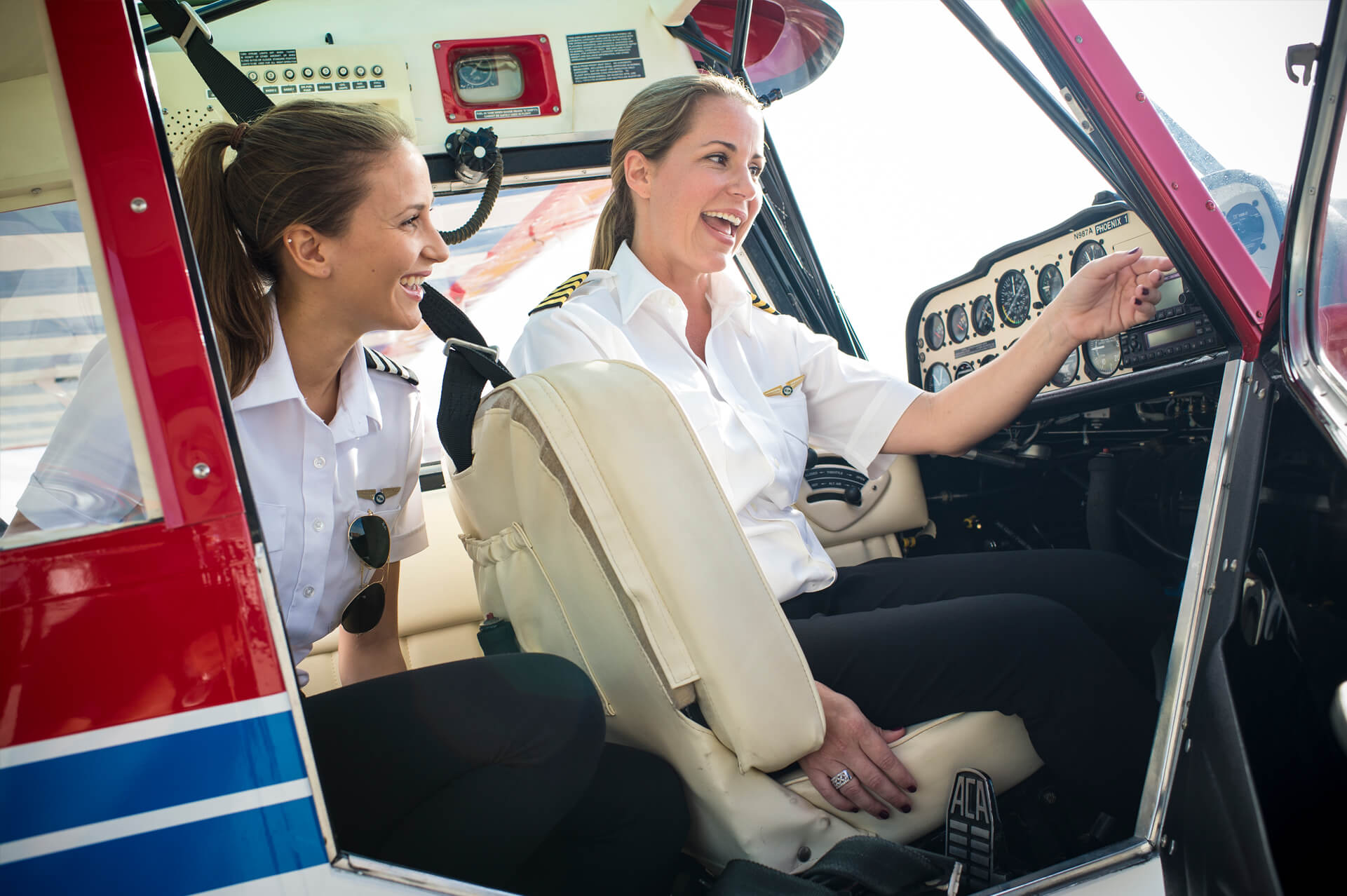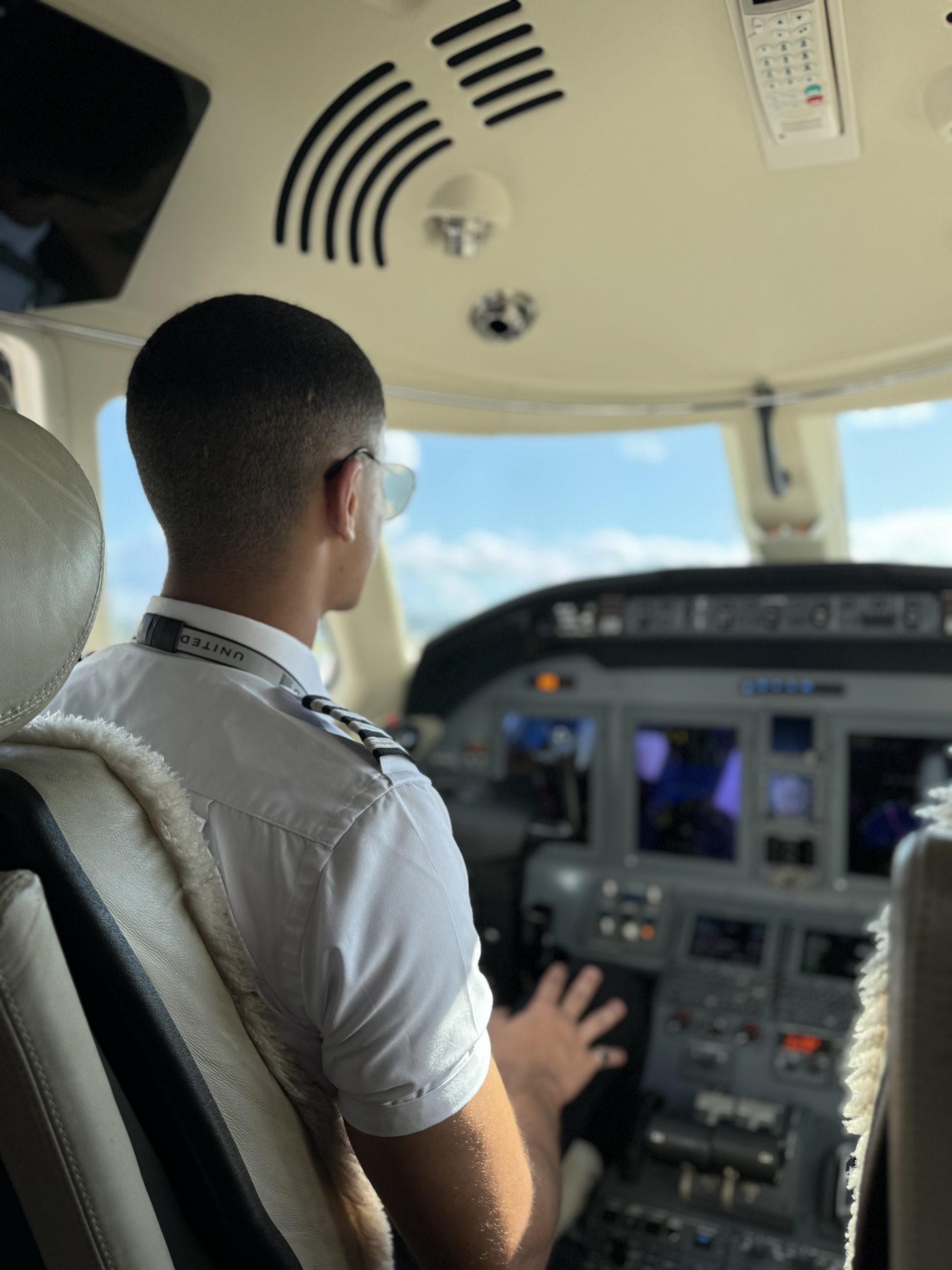An Overview of Pilot Training
For those who aren’t familiar with pilot training, here’s a simple overview:
You’ll always start with your Private Pilot License. This is also referred to as VFR (Visual Flight Rules). You’ll learn to fly a plane based on your vision (during the day). The Federal Aviation Administration (FAA) has set minimum flight time requirements in order to get your PPL (35 flight hours). It’s normal to need about 20 – 25 additional hours to finish up your PPL.
After that you’ll do your Instrument Rating. This is also referred to as IFR (Instrument Flight Rules). You will learn to fly a plane also based on the instrument panel, not necessarily having any visual aid. The minimum FAA requirements are also 35 flight hours. Most students need about 10 additional hours to finish their IR.
After that you have two options:
You can either first do the Commercial License in a single engine plane and after that the Multi Engine Rating.
Or you can first do the Multi Engine Rating and then do the Commercial License in a multi engine plane.
The last option is the better one because it will give you more multi-engine hours, which is what the airlines like to see. Either way, though, in the end you’ll have the same license and ratings.
By now you have the license (CPL) and ratings (Instrument and Multi) you need to work as a commercial pilot. However, airlines normally require a certain number of flight hours before they will hire you. If they require around 250 flight hours, you’re basically fine. If they require many more hours, you will also have to do the Instructor Ratings.
There are three Instructor Ratings, known as:
CFI (Certified Flight Instructor) – this one allows you to train students for PPL only
CFII (Certified Flight Instructor Instrument) – this one allows you to also train students for Instrument Rating and Commercial Single License
MEI (Multi Engine Instructor) – this one allows you to also train students on a multi engine plane.
Every time you fly with a student that flight time will also be logged as your flight time (by doing so you will gain great experience and build your flight hours to what the airlines require).
At PEA we hire our graduates if they have at least the CFI and CFII. This also applies to international students who receive a one year work authorization on the F1 student visa.
Lastly, there’s the Airline Transport Pilot License (ATP). This license requires 1500 flight hours.
I hope this “Pilot Training” overview gave you a clear understanding of becoming a pilot.
Jan Blonk
P.S. when you’re ready to start your pilot training, please click right here: https://www.pea.com/contact-us/




